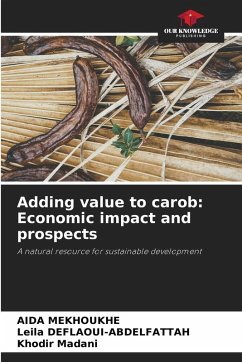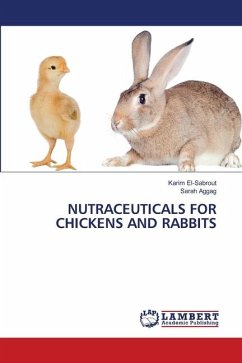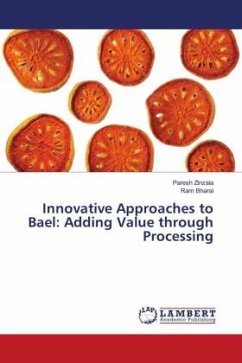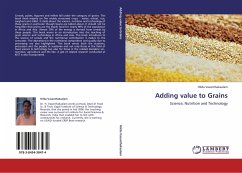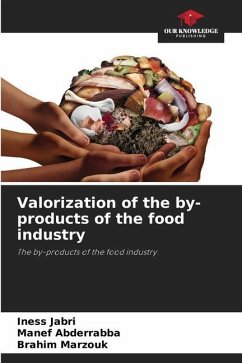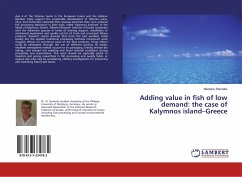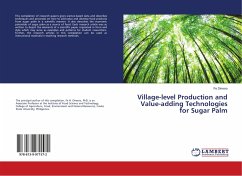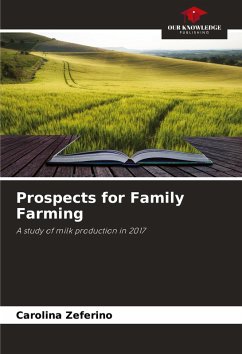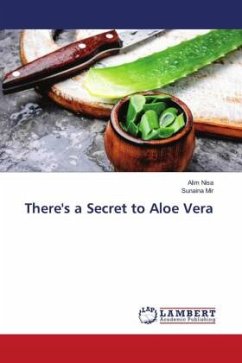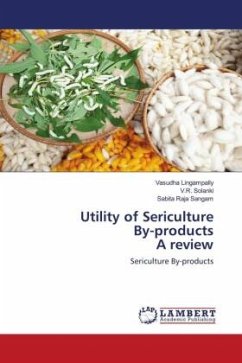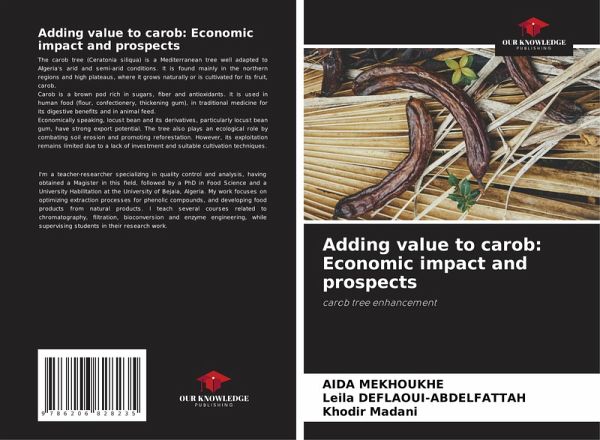
Adding value to carob: Economic impact and prospects
carob tree enhancement
Versandkostenfrei!
Versandfertig in 6-10 Tagen
29,99 €
inkl. MwSt.

PAYBACK Punkte
15 °P sammeln!
The carob tree (Ceratonia siliqua) is a Mediterranean tree well adapted to Algeria's arid and semi-arid conditions. It is found mainly in the northern regions and high plateaus, where it grows naturally or is cultivated for its fruit, carob.Carob is a brown pod rich in sugars, fiber and antioxidants. It is used in human food (flour, confectionery, thickening gum), in traditional medicine for its digestive benefits and in animal feed.Economically speaking, locust bean and its derivatives, particularly locust bean gum, have strong export potential. The tree also plays an ecological role by comba...
The carob tree (Ceratonia siliqua) is a Mediterranean tree well adapted to Algeria's arid and semi-arid conditions. It is found mainly in the northern regions and high plateaus, where it grows naturally or is cultivated for its fruit, carob.Carob is a brown pod rich in sugars, fiber and antioxidants. It is used in human food (flour, confectionery, thickening gum), in traditional medicine for its digestive benefits and in animal feed.Economically speaking, locust bean and its derivatives, particularly locust bean gum, have strong export potential. The tree also plays an ecological role by combating soil erosion and promoting reforestation. However, its exploitation remains limited due to a lack of investment and suitable cultivation techniques.



